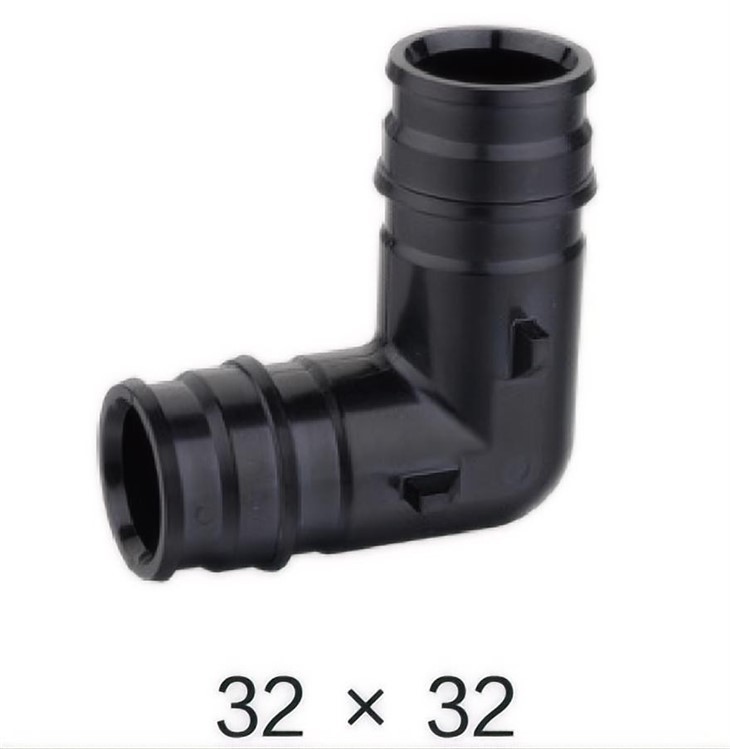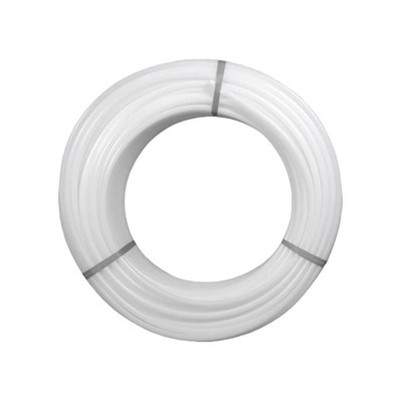How to install Pex tubing in a high - rise building?
Leave a message
Hey there! As a supplier of Pex tubing, I've seen firsthand how this flexible and durable piping material can revolutionize plumbing systems, especially in high - rise buildings. In this blog, I'm gonna walk you through the process of installing Pex tubing in a high - rise building.
Why Pex Tubing for High - Rise Buildings?
Before we dive into the installation process, let's talk about why Pex tubing is a great choice for high - rise buildings. Pex tubing is incredibly flexible, which means it can easily navigate around obstacles and through tight spaces that are common in high - rise construction. It's also resistant to freezing and bursting, a crucial feature considering the potential for cold temperatures in tall buildings, especially in areas with harsh winters.
Another big plus is its corrosion resistance. In high - rise buildings, water pressure can be high, and traditional metal pipes may corrode over time. Pex tubing doesn't have this problem, ensuring a long - lasting and reliable plumbing system.
Planning the Installation
The first step in installing Pex tubing in a high - rise building is planning. You need to have a detailed blueprint of the building's plumbing system. This includes knowing where all the fixtures like sinks, toilets, and showers will be located. You'll also need to determine the best routes for the Pex tubing to run.
Consider the water pressure requirements. In high - rise buildings, water pressure can vary significantly between floors. You may need to install pressure - regulating valves to ensure consistent water flow throughout the building.


It's also important to calculate the amount of Pex tubing you'll need. Measure the distances between fixtures and account for any bends or turns. Don't forget to add a little extra for contingencies.
Gathering the Tools and Materials
Once you have your plan in place, it's time to gather the tools and materials. You'll need Pex tubing, of course. We offer PE-Xa Pipe NSF, which is a high - quality option that meets the necessary standards for safe water distribution.
In addition to the tubing, you'll need fittings. Some common fittings include Ppsu Elbow 90° and PPSU Tee. These fittings are used to connect the tubing at different angles and create branches in the plumbing system.
Other tools you'll need include a Pex cutter, which is used to cut the tubing cleanly and accurately. You'll also need a crimping tool or an expansion tool, depending on the type of Pex connection you're using. Crimping tools are used to secure crimp rings onto the tubing and fittings, while expansion tools are used for expansion - style connections.
Preparing the Installation Area
Before you start installing the Pex tubing, you need to prepare the installation area. This involves cleaning the surfaces where the tubing will be installed. Remove any dirt, debris, or sharp edges that could damage the tubing.
If you're running the tubing through walls or floors, you'll need to drill holes. Make sure the holes are the right size for the tubing and that they're smooth to prevent any abrasions.
It's also a good idea to mark the locations where the fittings will be installed. This will make the installation process go more smoothly.
Installing the Pex Tubing
Now comes the actual installation. Start by running the main supply lines. These are the large - diameter tubes that carry water from the main water source to different parts of the building. Use the fittings to connect the tubing at the appropriate angles and create branches as needed.
When using a crimping tool, slide the crimp ring onto the tubing first, then insert the fitting into the tubing. Position the crimp ring over the fitting and use the crimping tool to compress the ring tightly. Make sure the crimp is even and secure.
If you're using an expansion tool, insert the expander into the end of the tubing to expand it slightly. Then, quickly insert the fitting into the expanded end of the tubing. As the tubing contracts, it creates a tight seal around the fitting.
As you install the tubing, support it properly. Use Pex hangers or straps to hold the tubing in place at regular intervals. This will prevent the tubing from sagging or moving over time.
Testing the System
Once the Pex tubing is installed, it's crucial to test the system. Close all the faucets and valves, then turn on the main water supply. Check for any leaks at the fittings and connections. If you find a leak, you may need to re - crimp or re - expand the connection.
You should also test the water pressure. Use a pressure gauge to measure the water pressure at different points in the system. Make any necessary adjustments to the pressure - regulating valves to ensure the pressure is within the recommended range.
Finishing Touches
After the system has been tested and is working properly, it's time for the finishing touches. Insulate the Pex tubing, especially in areas where it may be exposed to cold temperatures. This will help prevent freezing and bursting.
Label the different sections of the tubing to make it easier to identify and maintain the system in the future. You can use plastic labels or tape to mark the supply lines, hot and cold water lines, and any other important information.
Conclusion
Installing Pex tubing in a high - rise building may seem like a daunting task, but with proper planning, the right tools, and a bit of know - how, it can be done successfully. Pex tubing offers many advantages for high - rise plumbing systems, including flexibility, durability, and corrosion resistance.
If you're in the market for Pex tubing and fittings for your high - rise building project, we're here to help. We offer a wide range of high - quality products that meet the highest standards. Whether you need PE-Xa Pipe NSF, Ppsu Elbow 90°, or PPSU Tee, we've got you covered.
Contact us today to discuss your project and get a quote. We're ready to work with you to ensure your high - rise plumbing system is a success.
References
- "Plumbing Engineering for High - Rise Buildings" by John Doe
- "Pex Tubing Installation Guide" published by the Plumbing Manufacturers Institute




